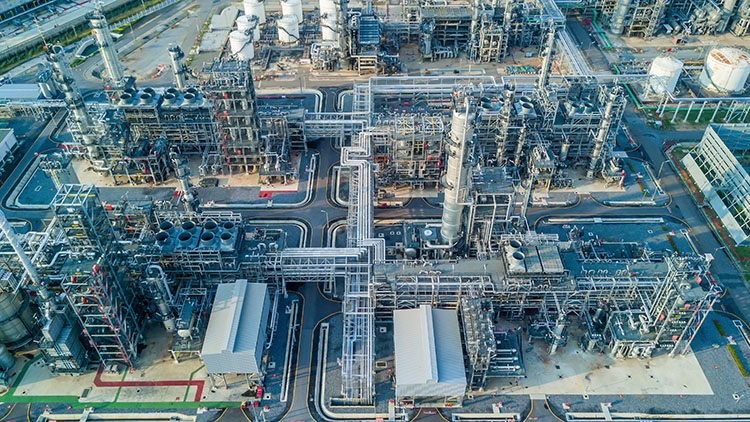Hydrocarbons: What Are They and What Are Their Potent Release Sources?
December 5, 2022
3 Minute Read

Hydrocarbons, often known as fossil fuels (crude oil, natural gas and coal), are responsible for more than 80% of global energy consumption1 and millions of people around the world depend on them for electricity, heat and fuel. Hydrocarbons can be harmful to the environment if not captured properly.
What are hydrocarbons?
Hydrocarbons are a class of organic chemical compounds that are composed exclusively of hydrogen and carbon atoms. Many hydrocarbons are naturally occurring, generally colorless and have a low odor. They occur in a wide range of molecular structures and forms—the most common being gases. The reduced structure of hydrocarbons means they are very reactive and easily oxidized; their chemical bonds store a large amount of energy which is released during their combustion.
Gas flow and compressors
A gas requires a pressure differential (from high to low) for it to flow. That's where a compressor can help. In simplest terms, a compressor helps increase the pressure of the gas by transferring kinetic energy to it using rotating blades. This energy and the resulting pressure gradient move the gas through various stages in the compressor, ultimately pumping hydrocarbons to the desired destination downstream.
In oil and natural gas facilities, there are multiple potential hydrocarbon release sources. Here are the most common:
- Centrifugal compressor seals
- Reciprocating compressors
- Unit valves
- Scrubber dump valves
- Blowdown valves
- Natural gas compressor cycling (cycling compressors on- and off-line to match fluctuating gas demand)
- Standard industry practice is to depressurize off-line compressors, which can lead to fugitive emissions
Leakage solution
By identifying release sources, measures can be taken to curb them. As companies strive to become more environmentally conscious, they are moving away from flare systems. A Seal Gas Recovery (SGR) system can provide users with a solution to comply with increasingly strict environmental and zero-emissions environmental regulations regarding gas flaring and venting. See our SGR Systems 101 blog for more details.
Partner with SGR system experts
John Crane has experience in this area for over 100 years. Learn more about how our SGR system can offer environmental benefits.
Our World in Data. "Energy"